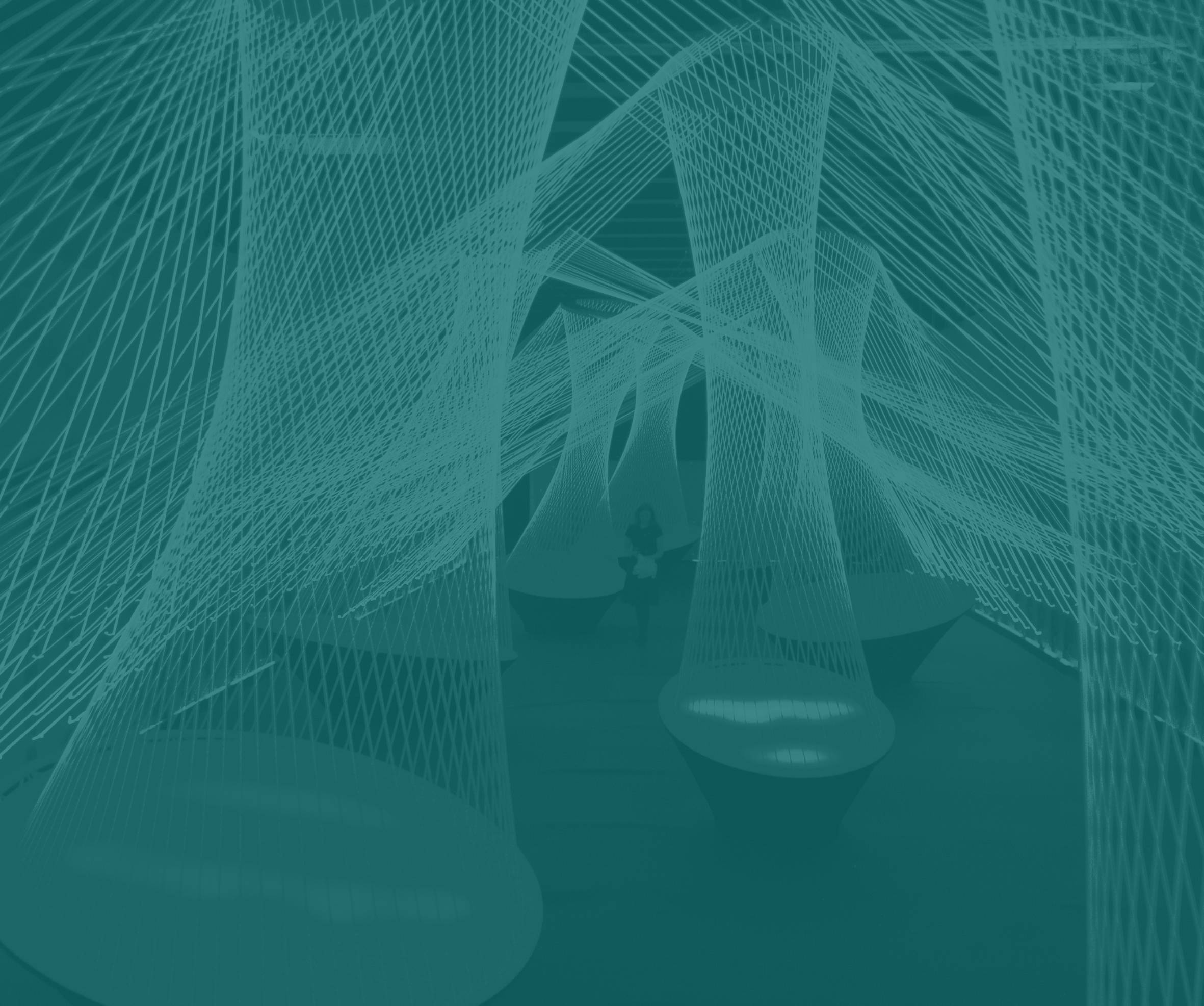
Gutenberg Open Science
The Open Science Repository of Johannes Gutenberg University Mainz.
Visible. Citable. Open.

Recent Submissions
Item type: Item , Monographie Access status: Open Access , Item type: Item , Monographie Access status: Open Access , Item type: Item , Zeitschriftenaufsatz Access status: Open Access , RMapAlign3N : fast mapping of 3N-Reads(2025) Müller, Andre; Wichmann, Alexander; Kallenborn, Felix; Hildebrandt, Andreas; Schmidt, BertilNucleotide conversion sequencing techniques are frequently used for the detection of various types of chemical modifications at nucleotide level. However, mapping of chemically treated reads to large reference sequences that contain only three nucleotides can be highly compute-intensive. We present RMapAlign3N—an efficient yet accurate tool for mapping of 3 N-reads to reference genomes or transcriptomes that leverages the power of modern multi-core CPUs. Our performance evaluation using real and simulated data shows that RMapAlign3N is faster and more scalable than prior CPU-based approaches including HISAT-3N, BSMAP, Bismark, and SLAM-DUNK for BS-seq and SLAM-seq data at competitive accuracy.
